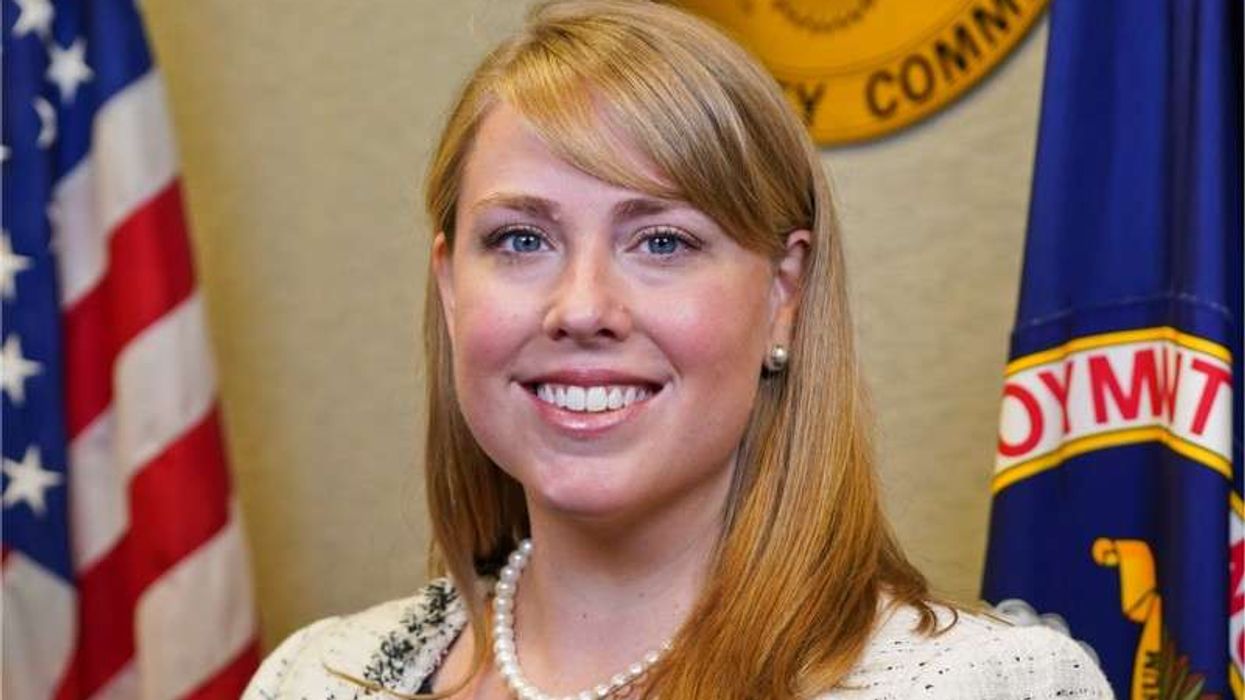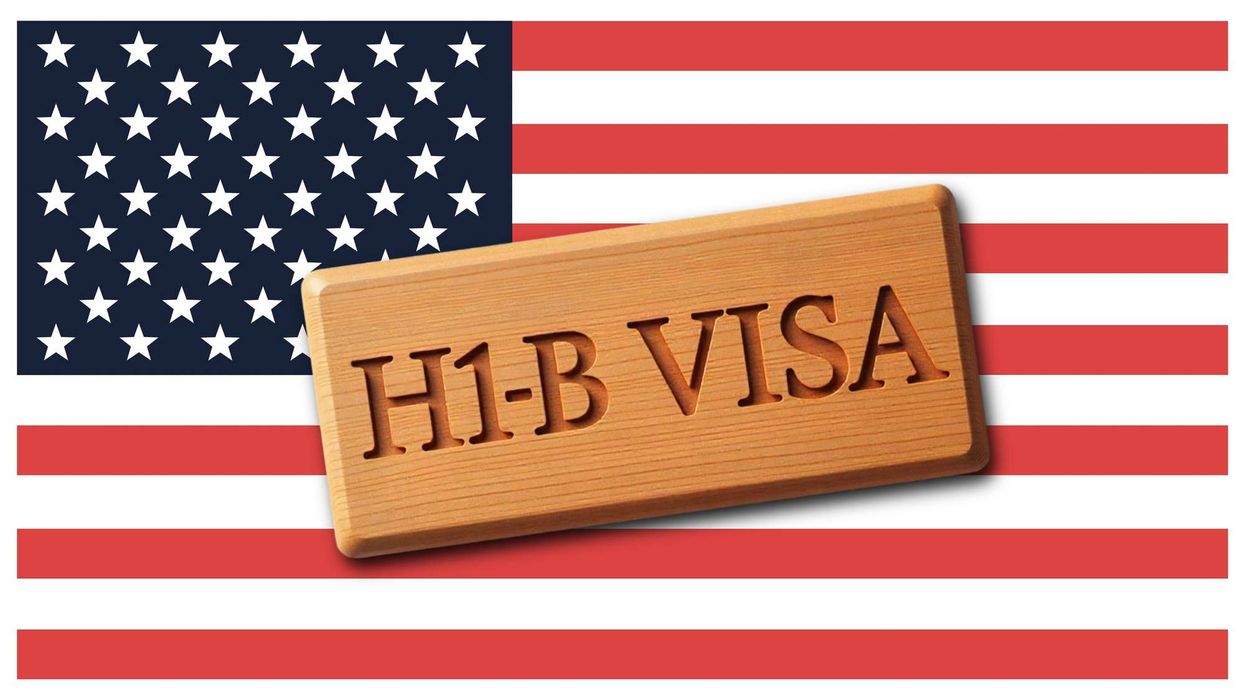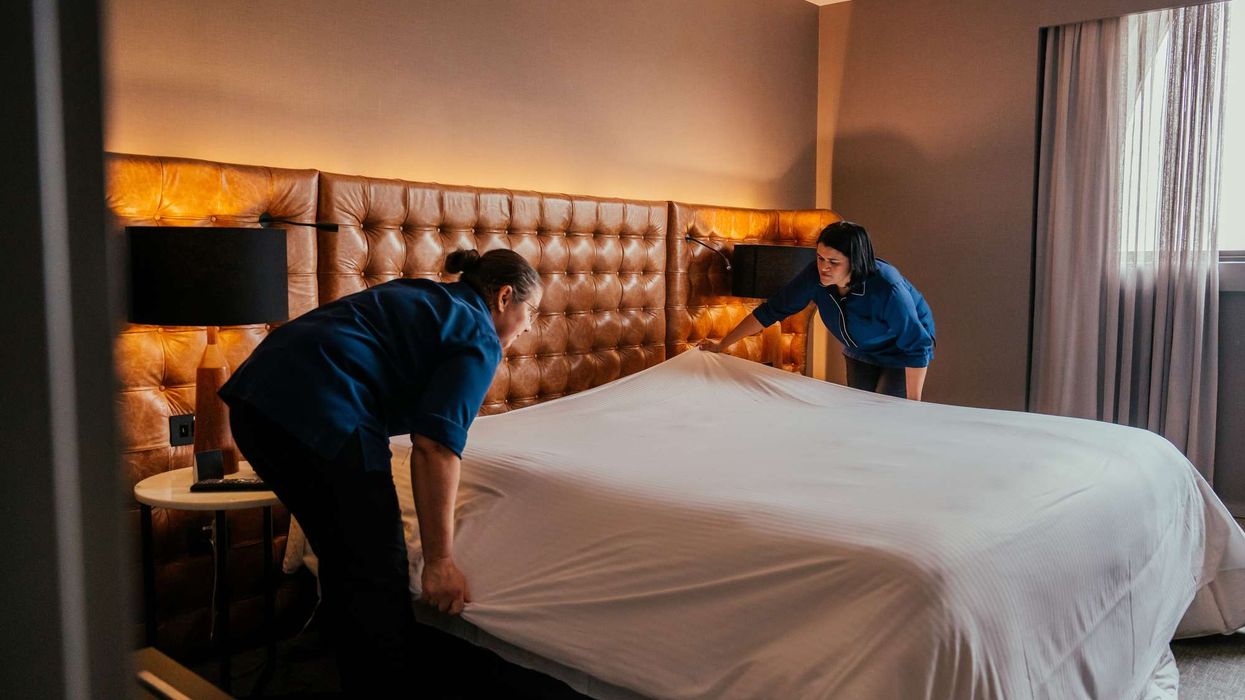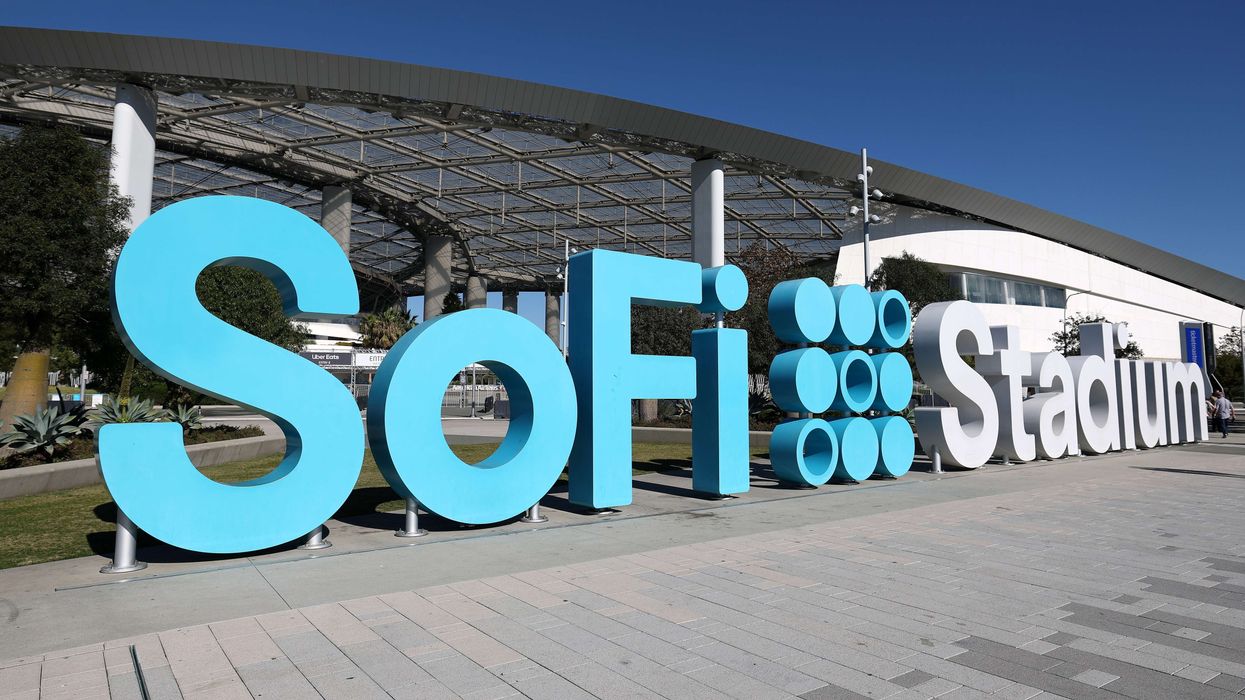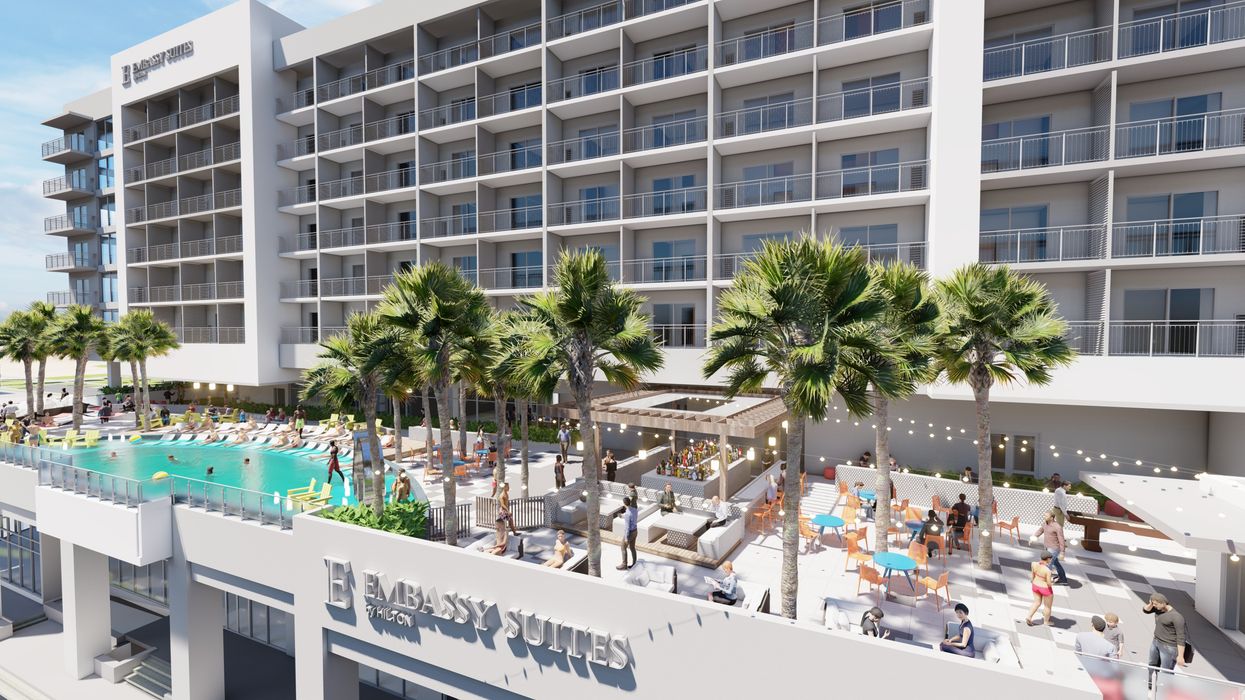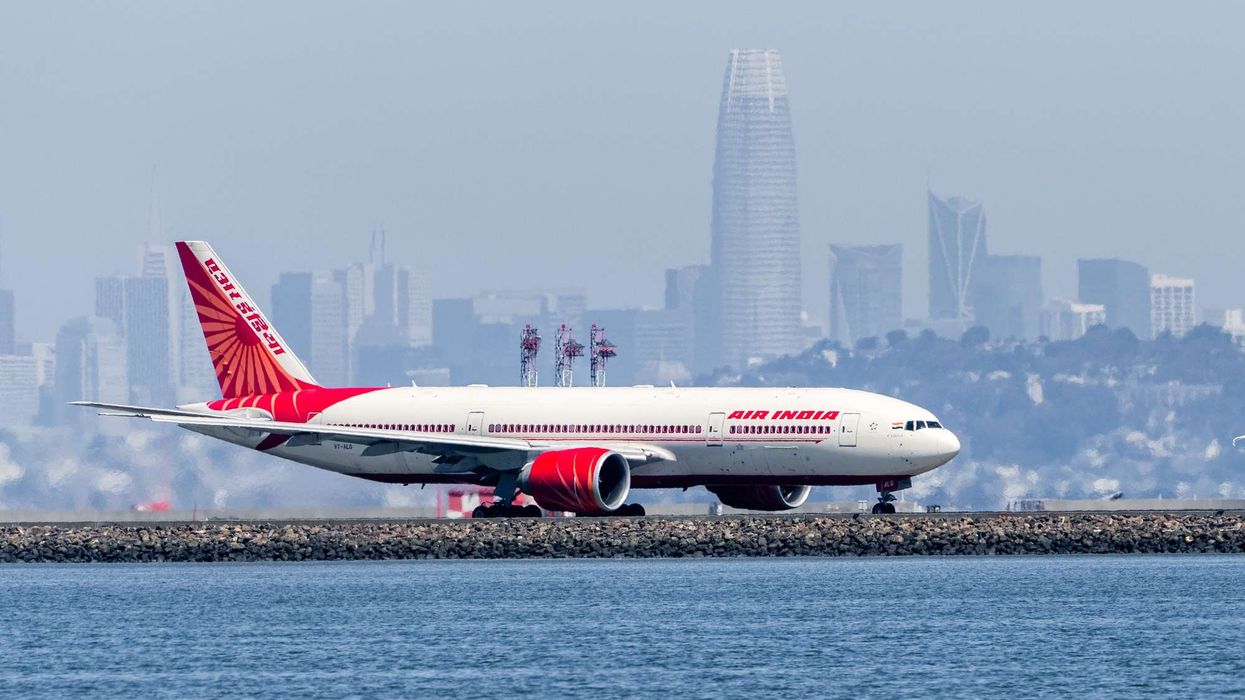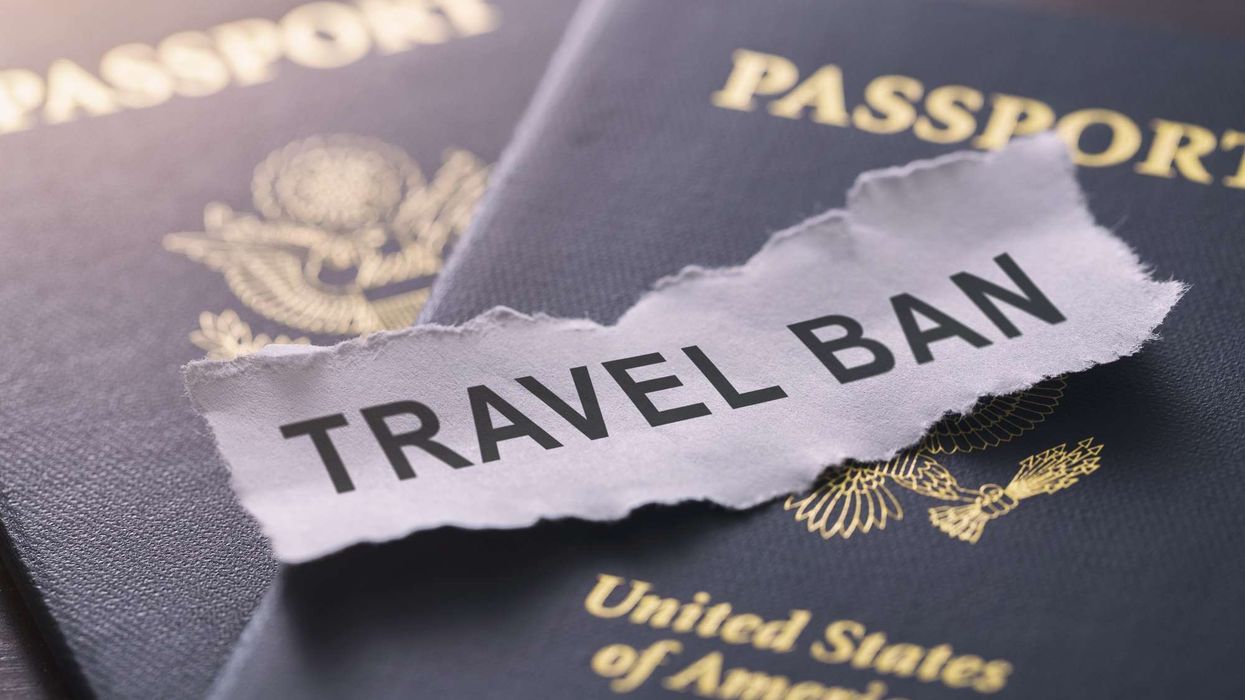MOST HOTEL ASSET managers are expecting continuing declines in RevPAR for U.S. hotels until 2023, many between 50 to 75 percent, according to a survey from the Hospitality Asset Managers Association. The survey also found that most asset managers think lenders’ flexibility on loan deferments will end soon, and many believe owners will lose their properties as a result.
The fall outlook survey, released during HAMA’s 2020 Annual Fall Meeting, polled 103 participants about topics including the impact of COVID-19 on RevPAR, the effectiveness of major brands’ responses to the pandemic and current and future financial status of participant hotels.
“The pandemic has decimated the hospitality and other service-related industries, likely changing the way hotels operate for years to come. The hotel industry has a unique opportunity to ‘reinvent’ itself as it responds to the crisis, elevating cleaning protocols and embracing technology trends, which ideally will lead to a stronger industry once we find ‘the new normal,’” said Kim Gauthier, current president of HAMA and senior vice president of Hotel Asset Value Enhancement. “Our membership responses provide valuable insight into what asset managers are dealing with today, the lack of visibility into the future and what business changes are here to stay. These are very real concerns.’”
Survey findings include:
- Nearly 60 percent of respondents predict a 50-75 percent decline in RevPAR versus budget for their entire portfolio.
- While 32 percent of respondents believe non-CMBS debt providers have been flexible partners, 40 percent feel they have only been somewhat flexible, and 5 percent don’t believe they’ve been flexible at all.
- For the 32 percent who feel their lending partners were being flexible, most of them, 41.67 percent, believe that flexibility will end in the fourth quarter.
- A third of membership is concerned they will either have to hand back keys to their lender or be forced into a sale situation.
- Nearly half, 43.69 percent, predict a 45-60 percent RevPAR decline in 2021 compared to 2019 for their full-service hotels.
- More than a third, 35.92 percent, anticipate a 15-30 percent RevPAR decline in 2021 compared to 2019 for their select- and limited-service hotels.
- Nearly half, 41.75 percent, believe industry RevPAR will return to 2019 levels in 2023. Some, 6.8 percent, feel those levels will return in 2022, while 3.88 percent think it will take as long as 2026 to reach those levels again.
HAMA’s forecast matches similar forecast for the near future of the industry, including business strategy company Magid and consulting firm Horwath HTL’s prediction in September that the pandemic will lead to a 29 percent decline in annual hotel occupancy over the next 12 months, costing $75 billion in room revenue. In August, STR and Tourism Economics revised their forecast for the industry to show U.S. hotel demand and room revenue remains unlikely until 2023 and 2024, respectively.

